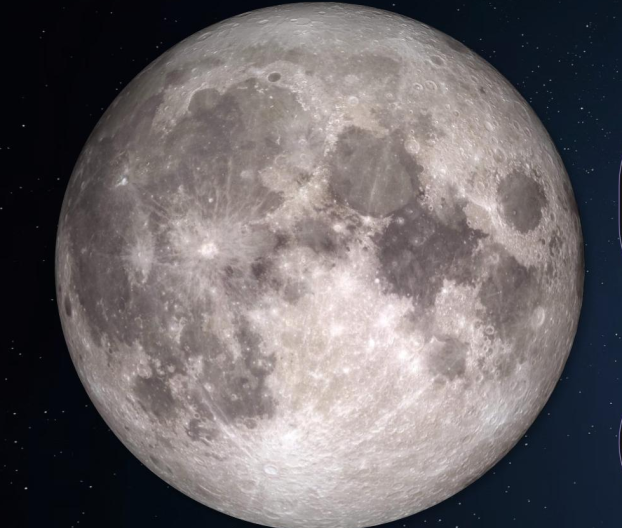Blue moon coming? First of 2 August supermoons arrives tonight
Published 9:15 am Tuesday, August 1, 2023
|
Getting your Trinity Audio player ready...
|
Wanting to see a supermoon this year? How about a blue moon? August provides a chance to catch this yearly occurrence in the night sky.
According to the National Weather Service, there will be a supermoon on Tuesday, Aug. 1 and Thursday, Aug. 31. On Tuesday, the moon is expected to be only 222,159 miles away from Earth and will be even closer on Aug. 31, when it will be 222,043 miles away. Each year usually has three to four supermoons with ones occurring from July to September this year.
According to Noah Petro, a researcher at NASA, there is technically one supermoon that took place in July when the moon was the closest it will be this year. However, these four supermoons from July to September mark a period when the moon’s orbit is over 90% to its closest point to Earth while also being a full moon as the orbit isn’t quite a circle.
“The supermoons shift through a cycle so it will march through the calendar,” said Petro. “The supermoon is roughly about every 13 months so they shift each year.”
What is a ‘blue moon’?
Along with the supermoons this month there is also a blue moon. Each month has one full moon that has a specific name, like the Harvest Moon, Pink Moon, Sturgeon Moon, etc. However, the moon’s orbit doesn’t exactly match up with our 12-month calendar giving us a full moon every 29.5 days. Whenever a second full moon occurs, which is about every two and a half years, that second moon is called a blue moon. Just like the supermoon, a blue moon can rotate through the calendar to be in any month except February since it only has 28 days.
According to Petro, the supermoons and blue moons don’t always intertwine like this. Each is on its own cycle and can fall in and out of rhythm and sometimes line up like it is this year.
Unfortunately, this second moon isn’t named after its color, so this moon will be the same gray as the moon at the beginning of the month. The timing and the phase of the moon have no effect on its color.
According to the Farmers’ Almanac, the name is believed to come from the Old English word “belewe” meaning betrayed. Since this extra full moon in the cycle betrays the usual perception of one full moon per month the name is understandable. There have been moons that appeared blue before. After a large forest fire or a volcanic eruption, the soot and ash in the air have caused the moon to look blue





